Nature reports
Page 50 of 70 - 695 Results
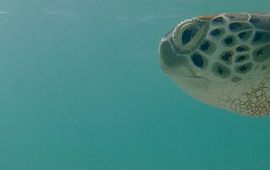
A seagrass species from the Red Sea is outcompeting the native seagrass species in the Caribbean, where the green sea turtle lives. These iconic turtles are seeing their grazing areas decline, because they have little interest in..
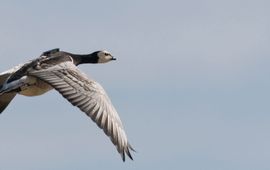
As Arctic temperatures continue to rise, barnacle geese are increasingly at risk of arriving in their breeding areas too late. The good news is that they can speed up their 3,000 kilometre migration to the Arctic, by making fewer..

Our ecological knowledge used to end where the soil begins. That's slowly changing, but there are still some soil creatures we know very little about. Protists, for example. These tiny, mostly unicellular organisms are on their..

Many fish species swim in schools and birds fly in flocks. Such collective behaviour must arise from the interactions between the animals. How it works was largely unclear. Wageningen-researchers now provide insight into the..
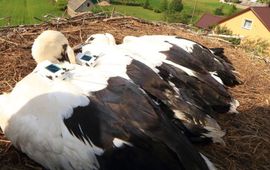
Scientists can predict which storks will migrate to Africa in autumn and which will remain in Europe...
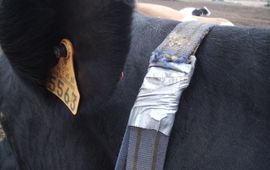
The first experimental study on magnetic alignment in cattle by researchers from Wageningen University does not reveal a South-North orientation in these large mammals when at rest. Strong neodymium magnets attached to their..

Location, location, location is not just a buzzword for homebuyers. A new study, by 17 conservation scientists and environmental scholars, says the exact location of protective wild spaces is just as vital as committing to set..
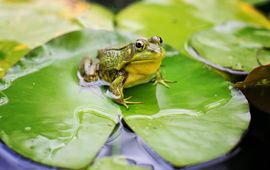
In the 1890s, settlers crossed the Rocky Mountains seeking new opportunities - and bearing frogs. A new study draws a link between that introduction of American bullfrogs to the western half of the United States with the spread of..
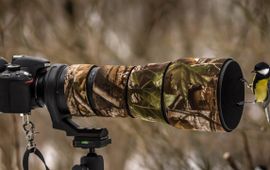
Reliability of data and motivation of citizens are the factors of success. This is the conclusion of an international team of scientists with the participation of the Leibniz Institute for Zoo and Wildlife Research in Berlin and..
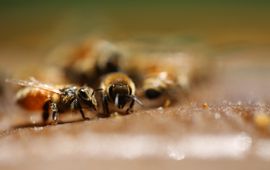
Approximately the same numbers of honeybees survived the winter in the Netherlands as last year. This year around 84% of the honeybees came through the cold season, a similar amount to the 86% last year...
